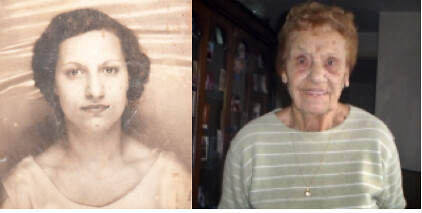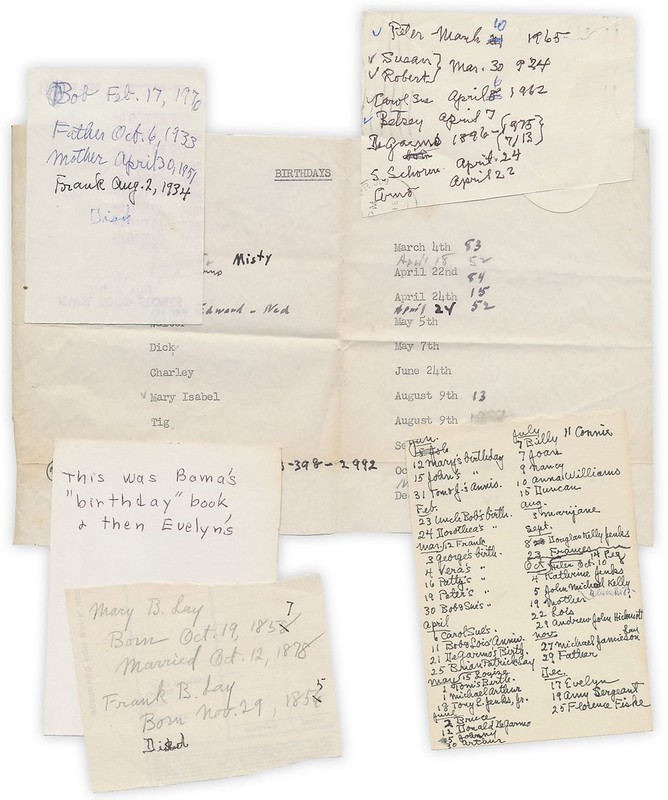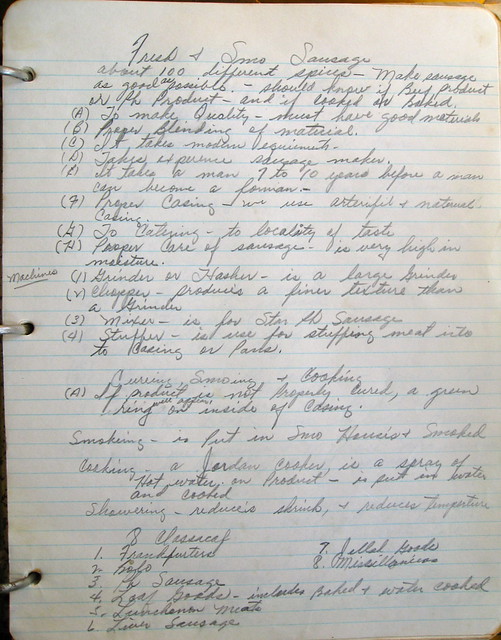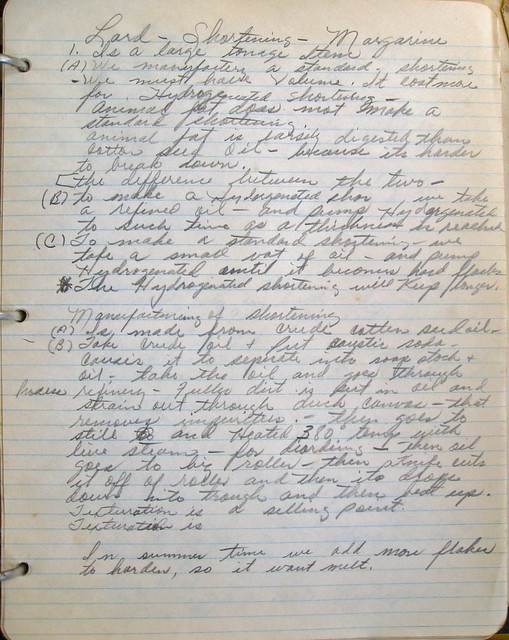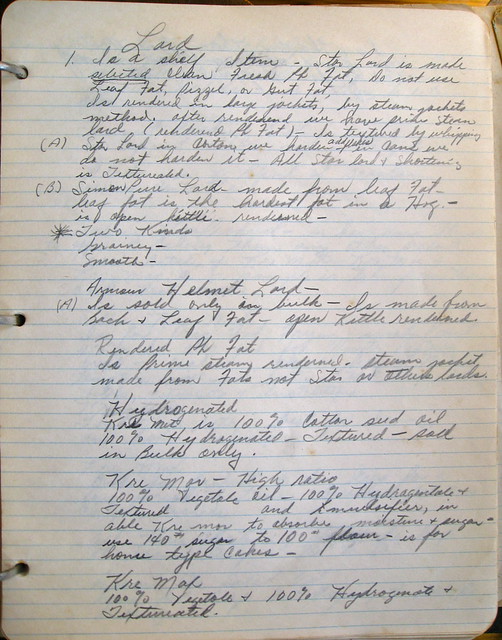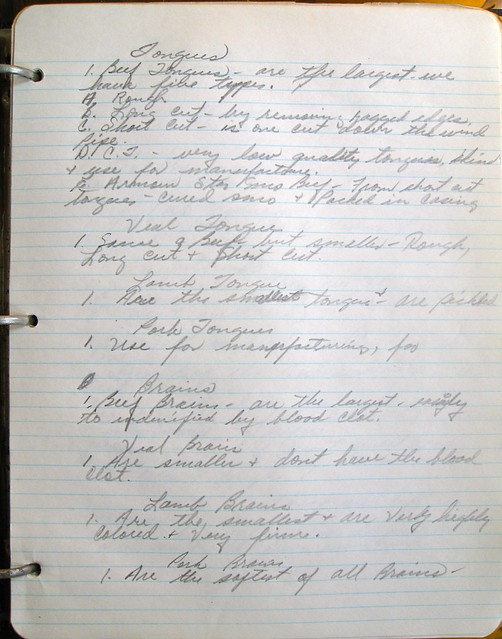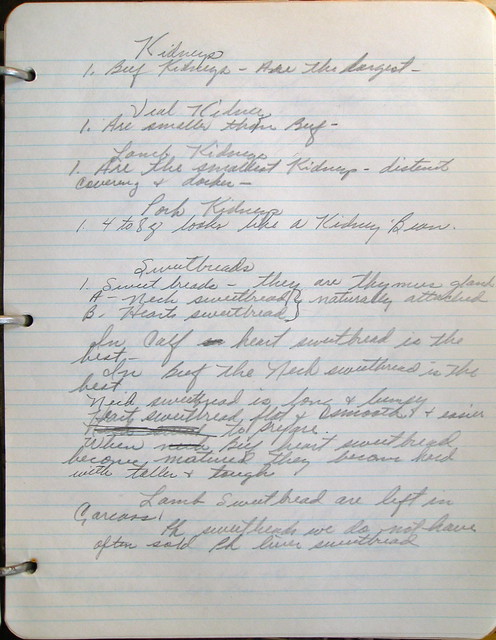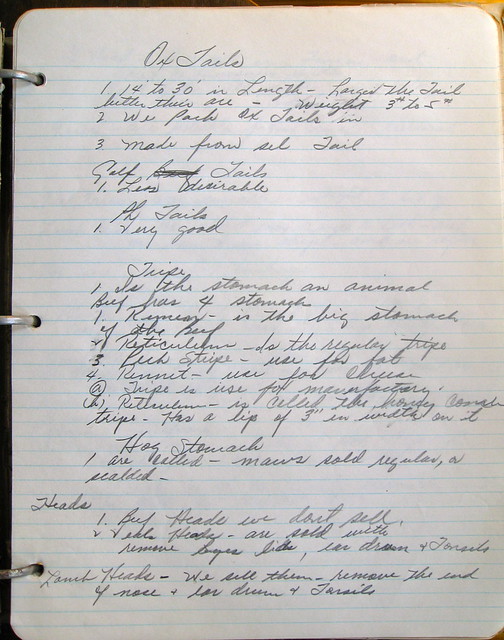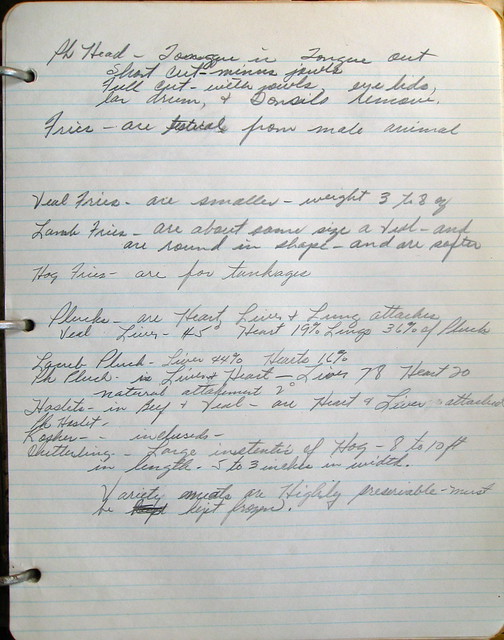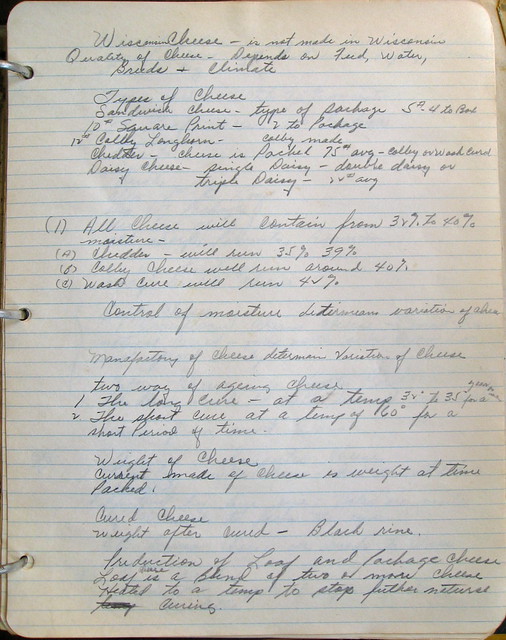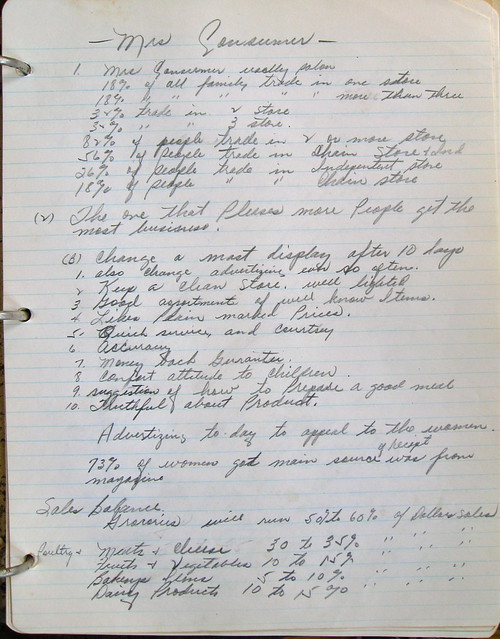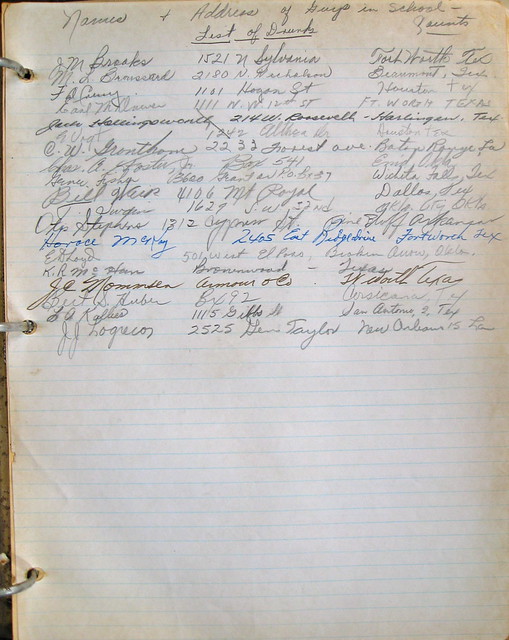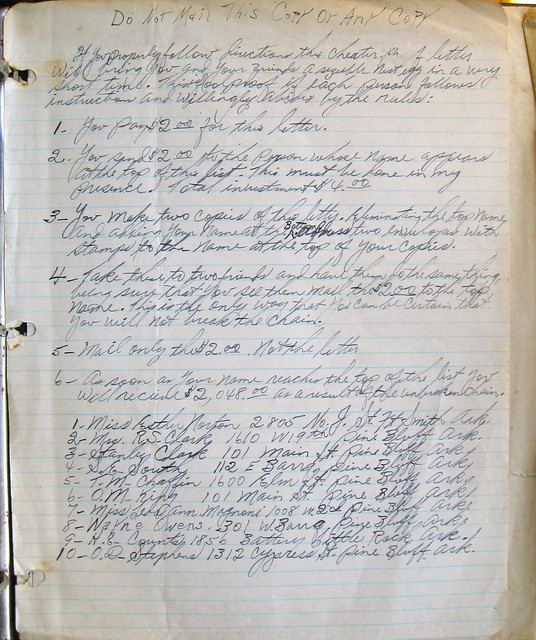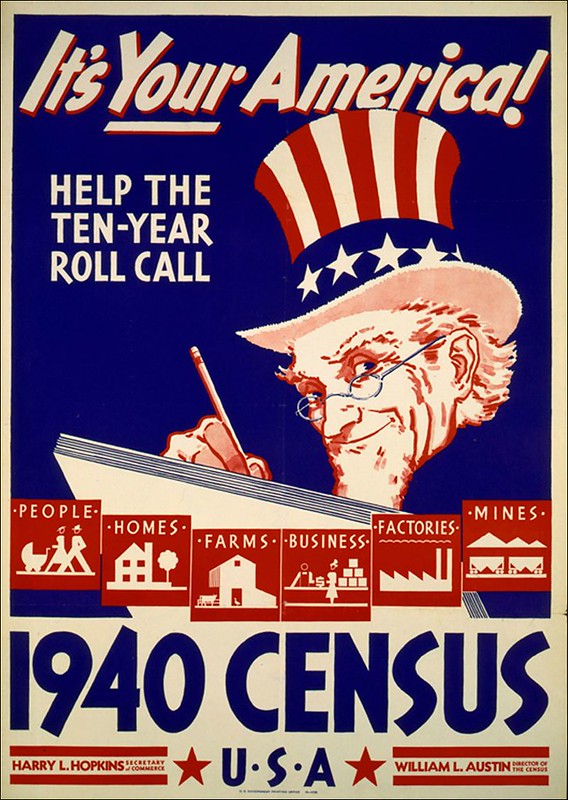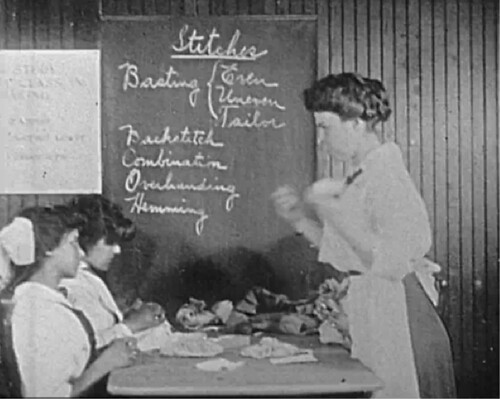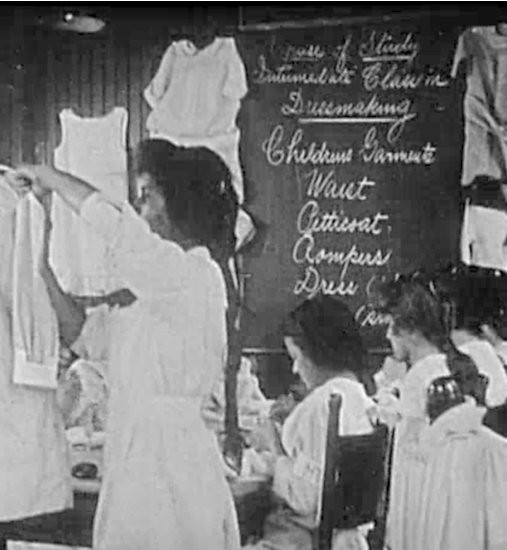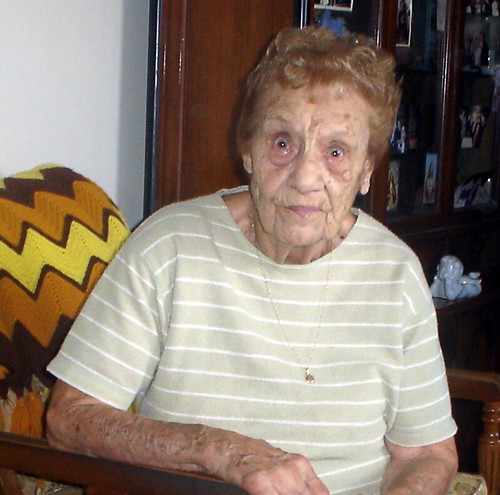
Here we have another photo of Rose Vrana, the only living link to Permanent Record, taken at her home in Florida. I told Rose's story in an article that was published yesterday on Slate.
Several readers singled out this passage from the article:
[Rose] has four grandchildren but isn't in contact with them. "They know where I live, but I don't know where they live," she said. "It's sad, but what can you do. That's life."
One commenter on Slate wrote, "How sad that her grandkids are not in contact with her! ... Call your Grandmother, visit her!" Several other readers posted similar comments, and a few people sent expressed these same sentiments to me via e-mail.
The situation regarding Rose's grandchildren was a tricky one. I assume there's a lot more to that story than simply "They know where I live, but I don't know where they live," but Rose didn't seem inclined to elaborate and I didn't want to push her. At one point I sort of circled back to the subject, but she didn't want to go there, so I backed off.
Little old ladies make for inherently sympathetic figures, and the notion of cutting off contact with a 95-year-old grandmother seems hard to fathom, so it's easy to paint the grandchildren as being in the wrong here. But who am I to say? I don't know the backstory. As most of us have experienced in one way or another, family dynamics can be very complicated affairs.
But here's the kicker: Rose may not know where her grandchildren are, but I do. The same research that led me to her turned up two grandsons living in New York. If I wanted, I could hop on the subway and be knocking on their doors in less than an hour.
That's a tempting idea, but I won't be doing it. One of my guiding principles with Permanent Record has been to avoid reopening anyone's old wounds. Likewise, I considered telling Rose what I know, but I decided it isn't my place to do that. (She doesn't use a computer, so I don't have to worry about her seeing this blog post.) Maybe her grandchildren will see the Slate article and decide they want to contact her, or maybe not. Like Rose said, that's life.

